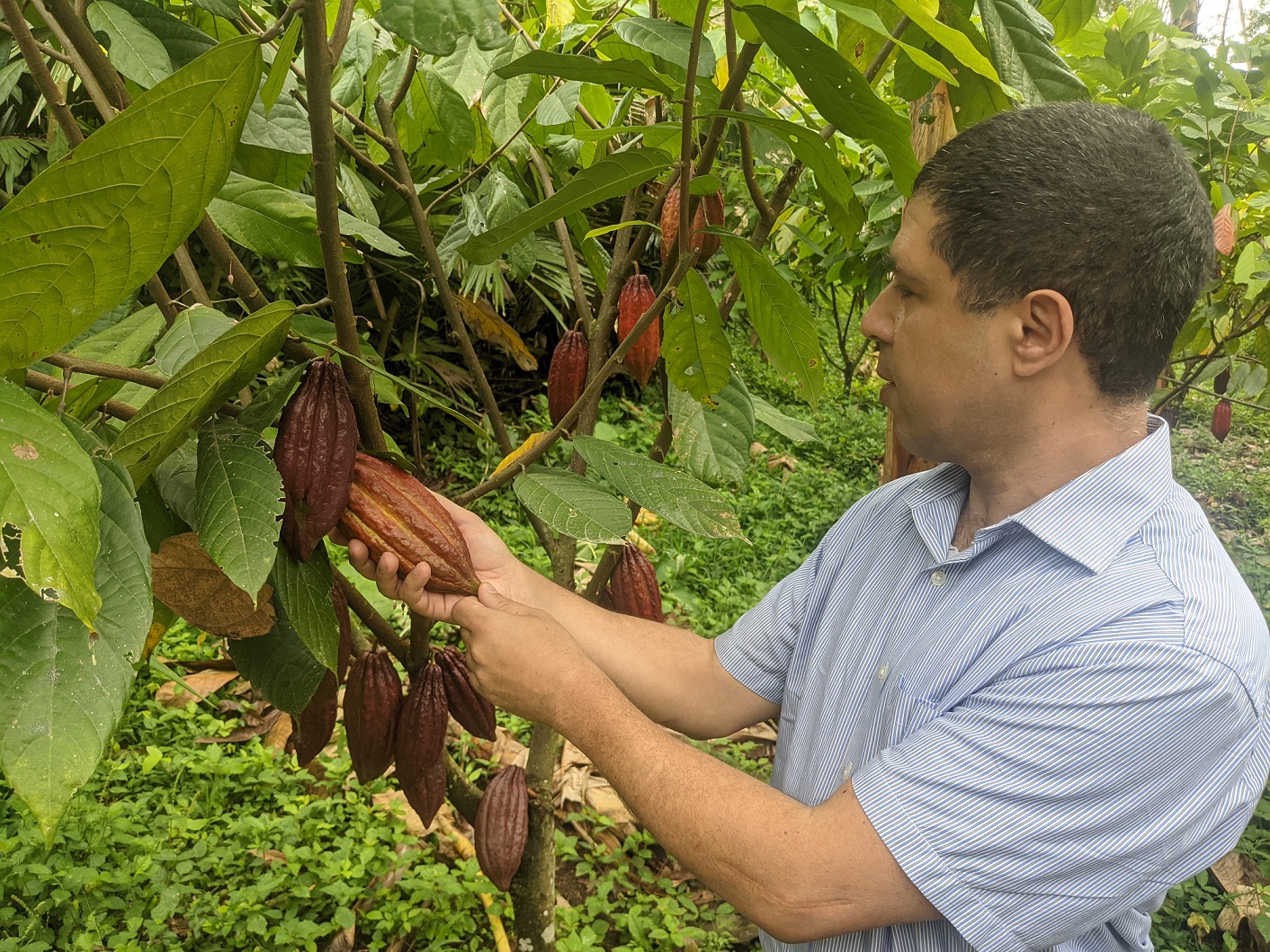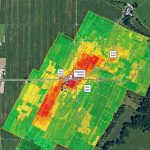How to grow cocoa trees
Cocoa is a small tree that thrives in tropical climates such as Ivory Coast, Ghana, Indonesia and Brazil . Cocoa trees produce fruit pods at their base, which contain cocoa beans. The beans are harvested from the pods, fermented, dried, and then processed into chocolate.
Cocoa trees require shade and only grow up to about 30 feet tall. Soil preparation is important prior to planting, because they don’t tolerate heavy clay or alkaline soils well; however, they do like lots of composted organic matter mixed into the soil. Applications of fertilizer are important, so plan on applying several types year-round according to the recommendations on their labels and accounting for climate and soil properties; this will help the cocoa trees to maintain optimum growth rates as well as increase yields over time. Irrigation is required in some cases but not always necessary, depending on the location. For example, in regions with marked dry seasons then irrigation may be necessary during those times, but unnecessary during other parts of the year when rainfall exceeds evaporation rates.
Cocoa requires shade
Cocoa trees need shade in their first year of growth. Once they are one year old, they will begin to grow taller and can tolerate more sunlight. In their second year, cocoa trees should be shaded for a few hours per day so that they can grow strong trunks and sturdy branches. After two years, cocoa trees should be able to tolerate full sun (provided they are planted in an area that gets plenty of water).
Soil preparation is important
Soil preparation is important because cocoa likes well drained soil. pH between 5.5-6.5 and requires fertilizer applications during the growing season. Many factors determine the cocoa tree´s ability to grow healthy roots, including nutrient content and water drainage. The quality of your soil will have a significant impact on how quickly you can cultivate your crop.
To ensure that your cocoa plants will be able to create strong root systems, select an area with well-drained soil that has been enriched with nutrients (soil amendments such as composted manure or peat moss). Your chosen site should also be free of rocks and debris—this will help prevent any damage during planting.
Applications of fertilizer are important
The application of fertilizers is an important tool for cocoa plants. The frequency and amount of fertilizer you apply to your beans can determine the quality of their harvest. Take note that not all fertilizers are the same and some contain chemicals that may harm your crop.
The three main macronutrients, that the crop uptakes in relatively considerable amounts are: nitrogen (N), phosphorus (P) and potassium (K). Secondary nutrients include calcium (Ca), magnesium (Mg) and sulfur (S). The essential micronutrients, that the crop requires in small quantities include iron (Fe), manganese (Mn), zinc (Zn), copper (Cu), boron (B) and molybdenum (Mo). Each nutrient has its own function in helping plants grow healthy roots, leaves, flowers or fruits, by providing elements for physiological functions, such as photosynthesis or respiration processes.
Nitrogen promotes leaf growth; potassium increases photosynthesis; phosphorus supports root growth and fruit development; calcium strengthen cell walls, helps protecting against diseases and improves water uptake by roots so they can better access water and nutrients.
You may be wondering; how do I choose the right fertilizer for my cocoa plants? There are several things you should consider before making a decision. For example, what is the pH of your soil and how much nitrogen, phosphorus and potassium does it contain? What is the texture of the soil, and what kind of weather conditions do you expect this season?
The answer to these questions will help you choose the right fertilizer for your cocoa trees. You should also consider fertilizer costs and how often you need to apply it.
Rules of thumb for cocoa fertilization
To avoid any potential problems with your cocoa trees, it’s best to consult a local expert or agronomist before purchasing fertilizer. As a general rule of thumb, you should make sure that the first number on the fertilizer label is between 10 and 20. This will ensure that your cocoa trees receive the right amount of nitrogen. Nitrogen is an essential element for plant growth and health, but too much can make a plant more susceptible to disease.
The second number on the label should be between 20 and 40; this indicates phosphorus content. Phosphorus helps plants develop strong roots and improves their ability to take up other nutrients from deeper soil layers.
The third number on the label should be between 10 and 30. This indicates potassium content, which essential for the photosynthesis process, sugar transportation and other essential processes. It also helps the cocoa trees resist pests and diseases.
A soil test can help you decide which fertilizers to apply and at what rate, by helping you understand which nutrients are already available in sufficient amounts in the soil, which are deficient, or whether you need to get rid of accumulated salts.
Irrigation is required in some cases.
Irrigation is required in some cases. Drip irrigation systems can be used to water cocoa trees, but it’s also possible to use a hose. In either case, irrigation should be done in the morning or evening to avoid evaporation during the hottest part of the day. Irrigation is not necessary for cocoa cultivation if you live in an area with high precipitation rates throughout the year and average rainfall amounts are above 1,000 mm (39 inches).
Pruning is a maintenance issue
Pruning is an important part of cocoa cultivation and maintenance. There are many reasons to prune a cocoa tree:
- You should prune your trees in the dry season so that they have time to recover before the next rainy season, when new foliage will sprout. This can help reduce insect and fungal infestation problems later.
- Pruning should be done on younger trees (less than 10 years old) for general purposes, such as shaping and size control. This includes removing any unwanted branches, deadwood or weak stems that don’t support good fruiting production or could potentially cause disease issues in older trees.
- Trees with multiple stems or large main branches may be more prone to splitting than those with single trunks or major branches. Therefore, it is recommended that you remove all but one trunk/branch near ground level so that there is only one “main” stem producing fruits above ground level every year.
Pests & Other Problems
Several insects and mites attack cocoa trees, including the aphids Aphis gossypii, Aphis spiraecola, Macrosiphum paradoxum, Myzus persicae, Phenacoccus solenopsis and Toxoptera aurantii; the scales Aspidiotus destructor and Pseudaulacaspis pentagona; the caterpillars Hemileuca electra and Utetheisa ornatrix; and the beetles Diaprepes abbreviatus and Phenolia cardinalis.
In addition to insect infestations, two diseases affect cocoa trees: monilia disease, caused by Moniliophthora perniciosa fungus; and witches’-broom disease, caused by Crinipellis perniciosa fungus. Fungicides may help prevent both diseases.









